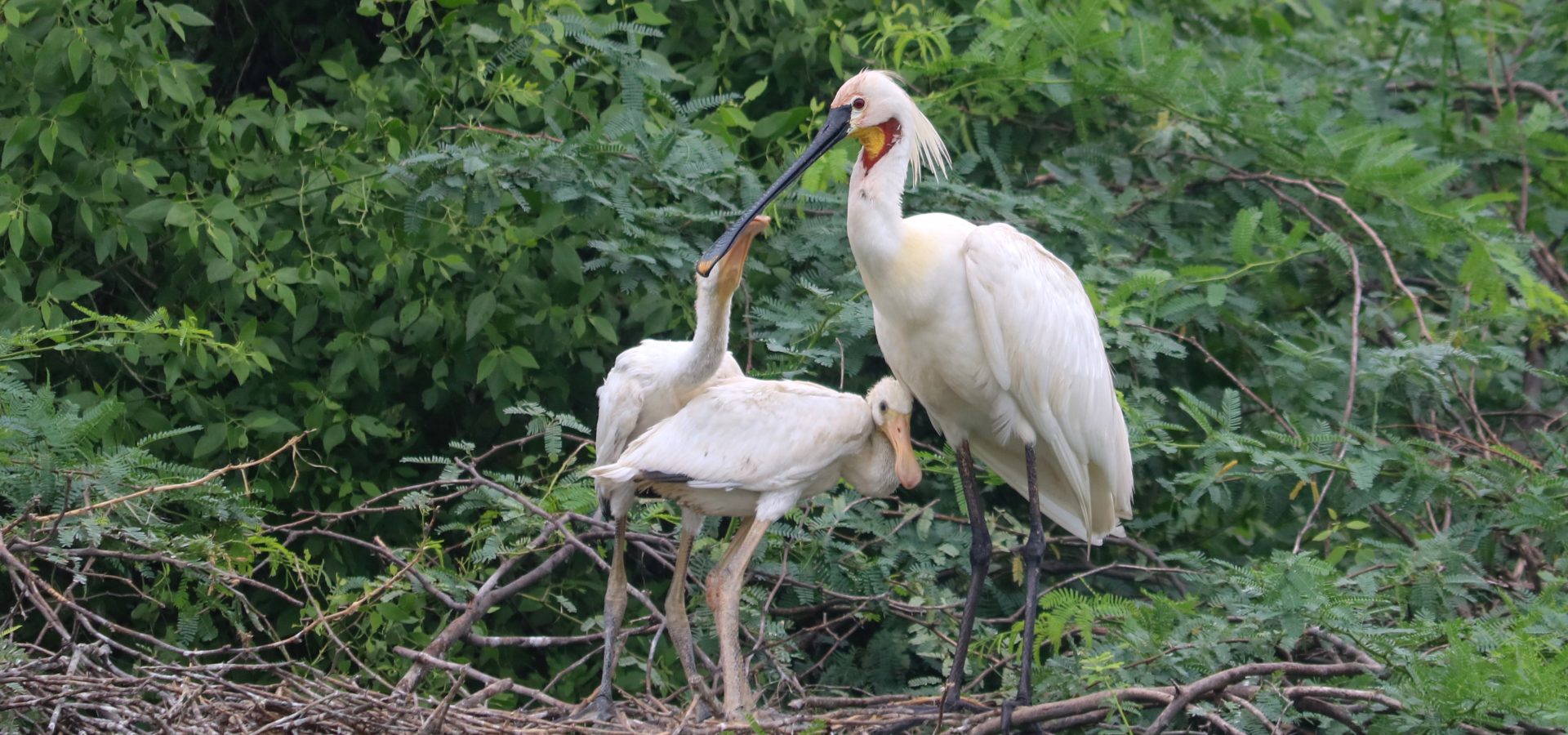No one said that parenting is easy. If you think that we humans have it tough, then let’s take a walk into the wild – where animals ranging from the largest elephant to the smallest tree frog are in a constant struggle to raise their offspring.
For some of the animals, the familial duty ends right after giving birth. While certain avian hatchlings are entirely dependent on their parents for survival in their young days, a newly hatched reptile is independent immediately after the egg cracks open. Most mammals, on the other hand, not only provide for their young, but also upskill them for the wild.
Parental care is any action taken to ensure the survival of the progeny, such as building a nest, teaching them life skills, providing food or safeguarding them against predators. The mother is often the primary caregiver, but fathers take on an active role in some species. Parental affection takes on many forms in the jungles of India. On the occasion of Global Day Of Parents 2023, let’s understand the prominent roles that parents play in the animal world.
Maternal Care
Many of us grow up hearing that a mother’s love is unconditional. The adage holds true among animals as well. Mother leopards are fiercely protective of their cubs. Leopard cubs are heavily reliant on their mothers for food, shelter and protection for the first two years of their lives.
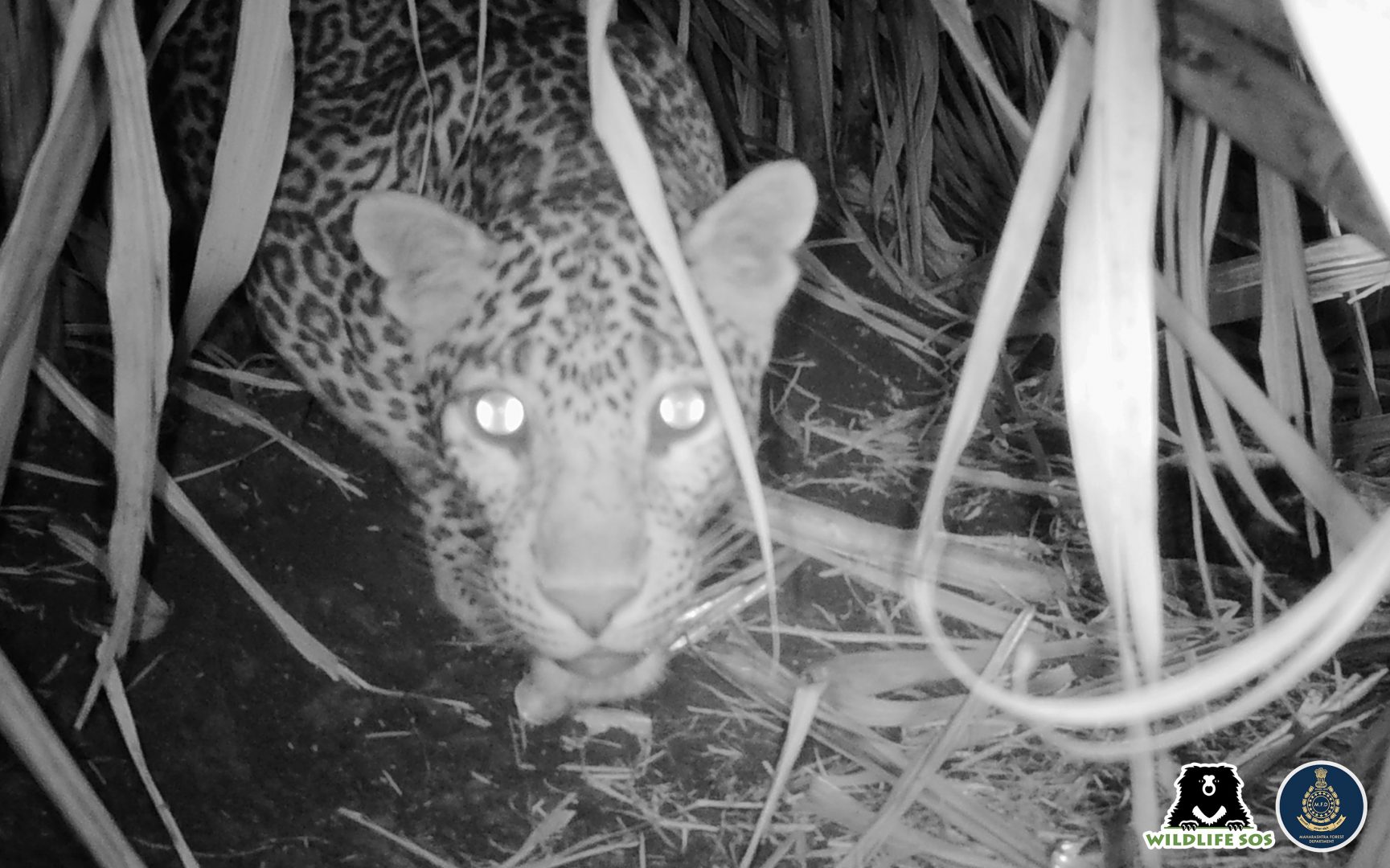
With expanding human habitations, it is quite common to witness leopard cubs amidst sugarcane fields in Maharashtra. This necessitates external efforts to reunite parent and offspring to ensure the survival of the latter. Over the years, our team at Wildlife SOS has rescued and reunited several cubs with their mothers.

A mother’s task is never truly over – especially for a sloth bear. These ursine mothers can be frequently seen carrying their cubs all day long, till they reach the age of two. It is during these formative years that cubs witness her actions and learn the skills they can use to fend for themselves.
Our efforts to stop the brutal ‘dancing’ bear tradition — for which mother bears were killed by poachers in order to take away their cubs — have ensured a better life for sloth bears in the wild. However, instances of poaching persist and continue to haunt wild bears. While these bear mothers can even take on tigers to protect their cubs, poaching and depletion of habitat have become bigger threats to their survival.
Maternal care is not limited to only leopards or bears. Infants of wild cats, pangolins and even certain kinds of crocodilians are highly dependent on their mothers as well. This leads to a strong emotional bond between the parent and the young one. Primates such as the grey langur have even been seen mourning the death of an offspring.

Paternal and Biparental Care
Several animals on this list can contend for the ‘best father of the year’ prize. Subverting gender roles, these dads are adept homemakers: they assist their mates in the care of their offspring, or take on the part all by themselves!

The jacana is a small aquatic, wading bird renowned for its long toes — and parental skills! Female jacanas have several mates, do not pay attention to child support, and leave the duties of the house to the male instead. The male jacana patrols the territory, looks for food, raises its kids and teaches them how to survive!
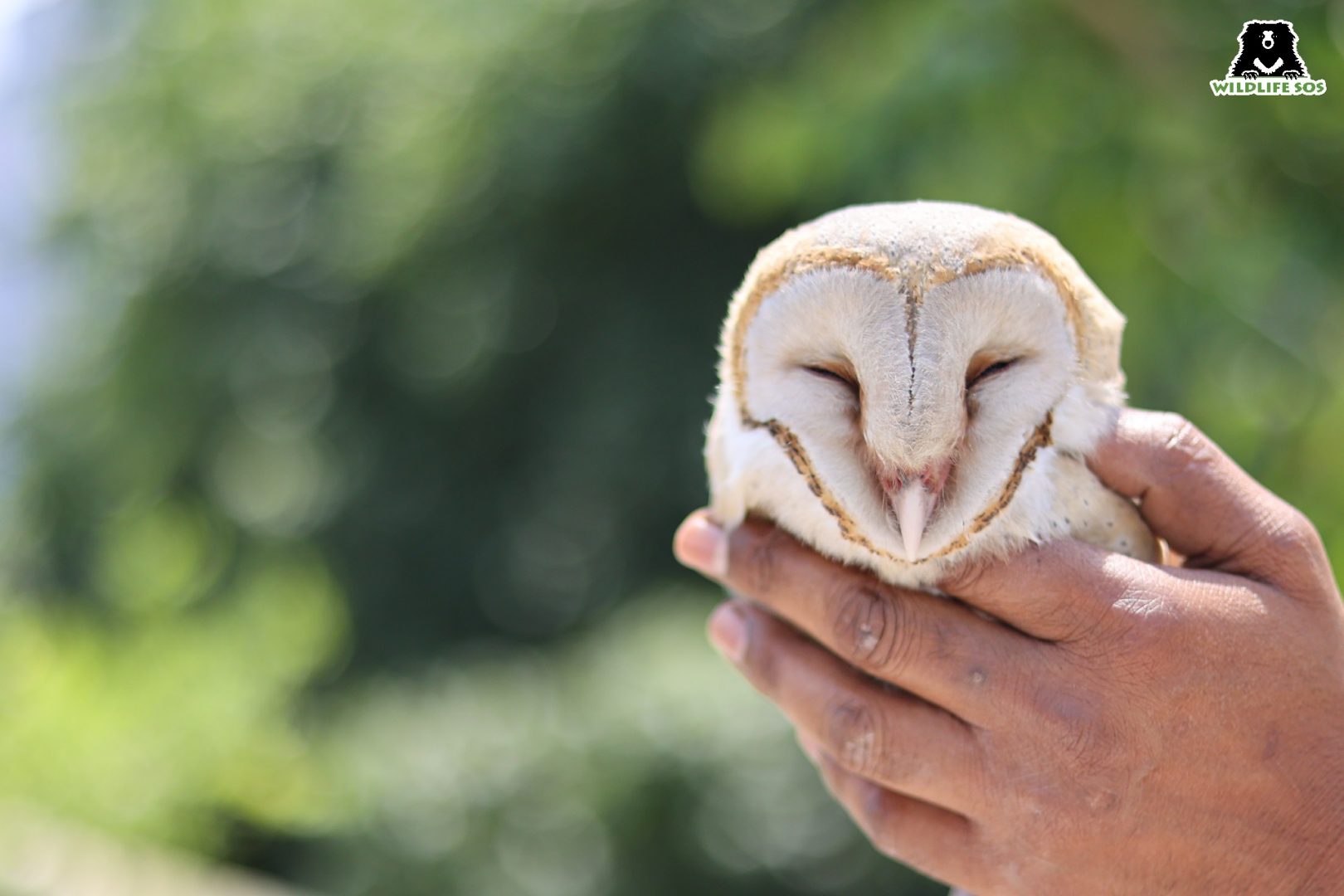
Other birds like the barn owl divide their parental duties. Fathers take on the duty of bringing home the food while mothers incubate the eggs. In fact, a majority of avian species share parental responsibilities. Beyond the Indian subcontinent, emperor penguins display remarkable fatherhood when they provide for their young during harsh winters while the mothers are away.

Biparental strategies like these can ensure greater survival rates among offspring. Hyenas and jackals are often vilified due to their ecological roles as scavengers, but not even their staunchest critic can deny their parental skills.
The male jackal digs the burrow where the female gives birth and the two raise their family together. Striped hyenas are monogamous, and both parents help in the upbringing of their cubs.
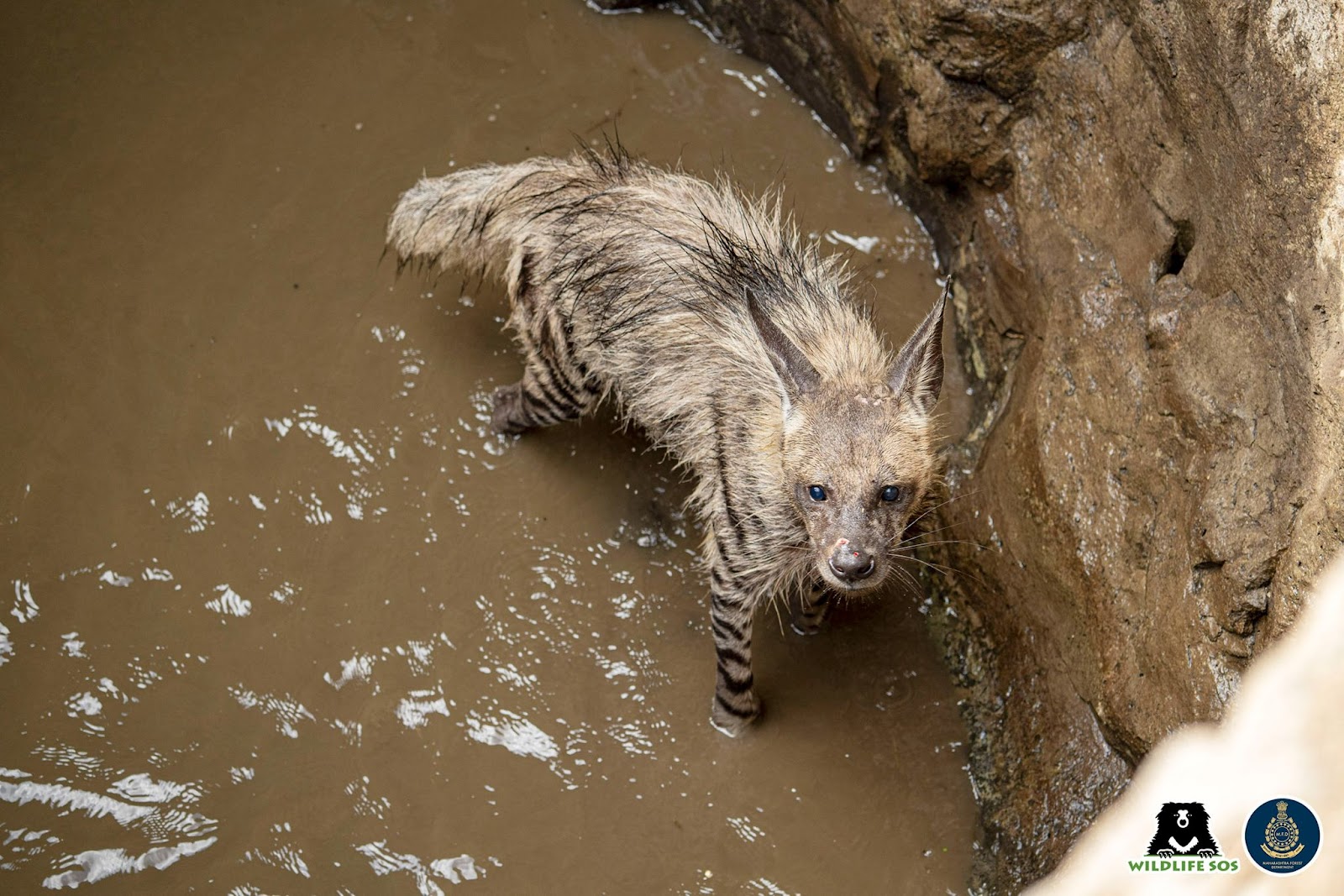
Brood Parasites
Not all mothers care out of love. Some are forced to bring up the offspring of their rivals at the cost of their own’s well-being.
Enter the Asian koel, a brood parasite that infests the nests of other bird species to lay its eggs. An Asian koel opts for the nest of a house crow or jungle crow, and uses egg mimicry by laying eggs resembling those of the host. Unable to find the difference, the host is manipulated this way to also rear the koel’s young as if it were its own.

The parents are therefore freed from the task of raising children, thanks to their age-old strategy. However, some brood parasite species go far beyond their deceptive tactics. Beyond India, the European spotted cuckoo and North American cowbird have been known to also be aggressive towards the host parents. They often damage their nests and harm their young if the hosts actively refuse to raise the foster chicks.
Alloparental Care
Alloparenting broadly refers to parental care given to children by individuals who are not their own direct descendants. In the animal world, alloparenting defines the concept of joint families. Parenting is stretched to involve several non-parents from the animal’s society like older siblings or even grandparents that take up the role of protecting the young.
This is especially common for primates such as rhesus macaques. Our team at Wildlife SOS recognises the role of social bonds amongst these animals, and has rehabilitated many baby monkeys that were left orphaned.
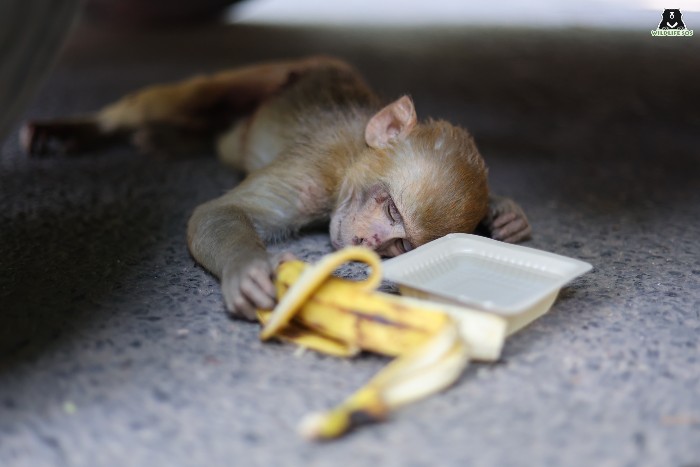
Alloparenting is not limited to heterogenous couples in the wild — flamingos are known to cultivate same-sex companionship in order to raise the young together!
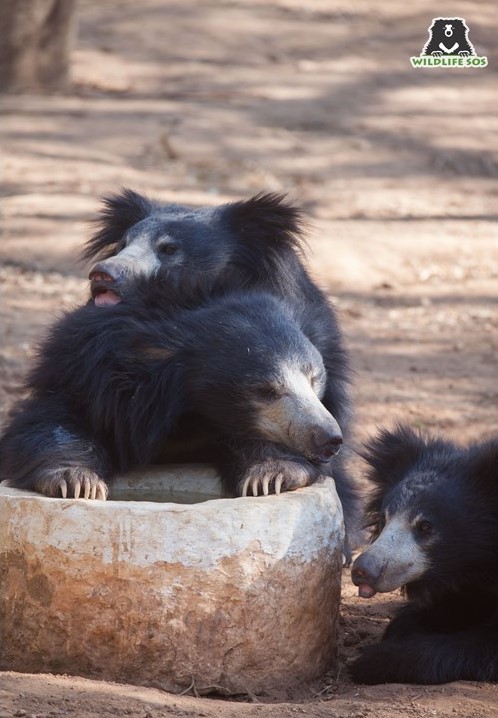
Perhaps one of the greatest instances of allomothering that occurs is among elephants. Elephant herds are matriarchal with generations living together, although males move out after a certain age.
The tendency to socialise has manifested even among the gentle giants in our rescue centres. We noticed that the old elephant Lakhi had become a foster mother for the newcomers Peanut and Coconut after the two of them were rescued from a circus. Now that these two have grown up, Coconut has adopted the role of a protective older sibling to Peanut despite having no blood relations with her.
The strong social ties between elephants make their pain all the more potent when a calf is separated from its mother and herd during its formative years. Unfortunately, elephant calves across our country are forcibly torn apart from their mothers and beaten into submission to be used for begging, in a circus, as temple elephants, or in the tourism industry.

The elephants at the Elephant Conservation and Care Centre come from harsh walks of life that have etched physical and psychological scars on them. With dedicated care, love and support, the elephants have been able to revive their ability to form trustworthy bonds with their own kind and the caregivers.
You can support the care of rescued and rehabilitated animals at our centres by sponsoring an animal here.

